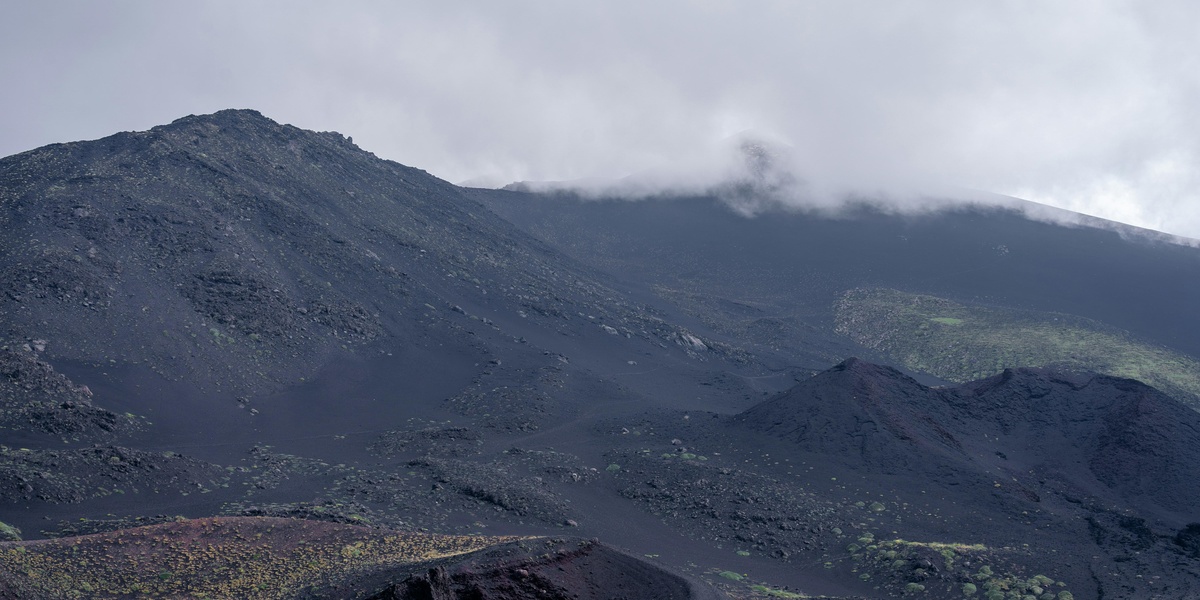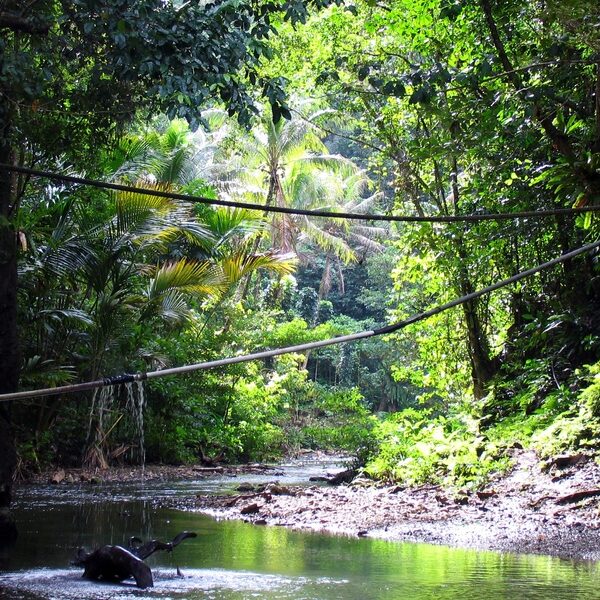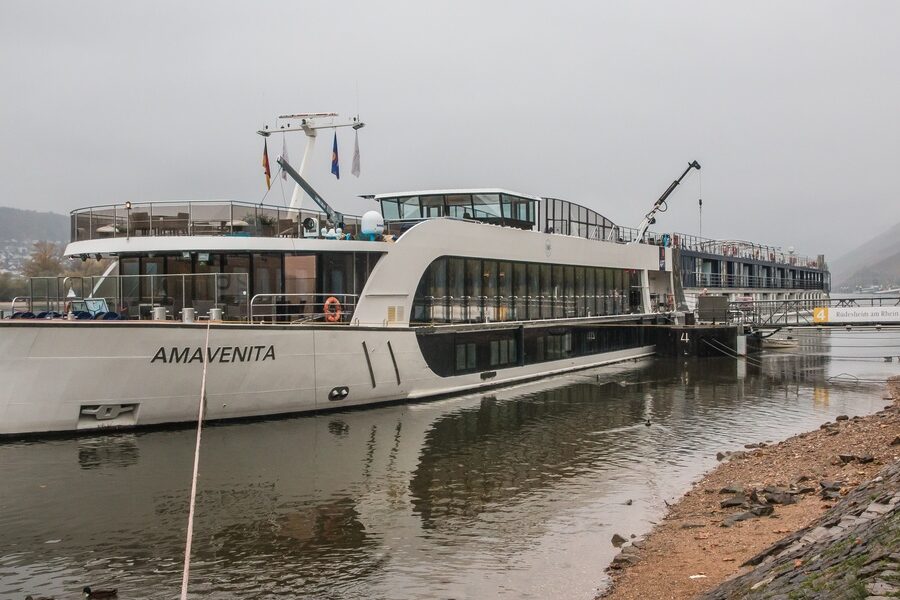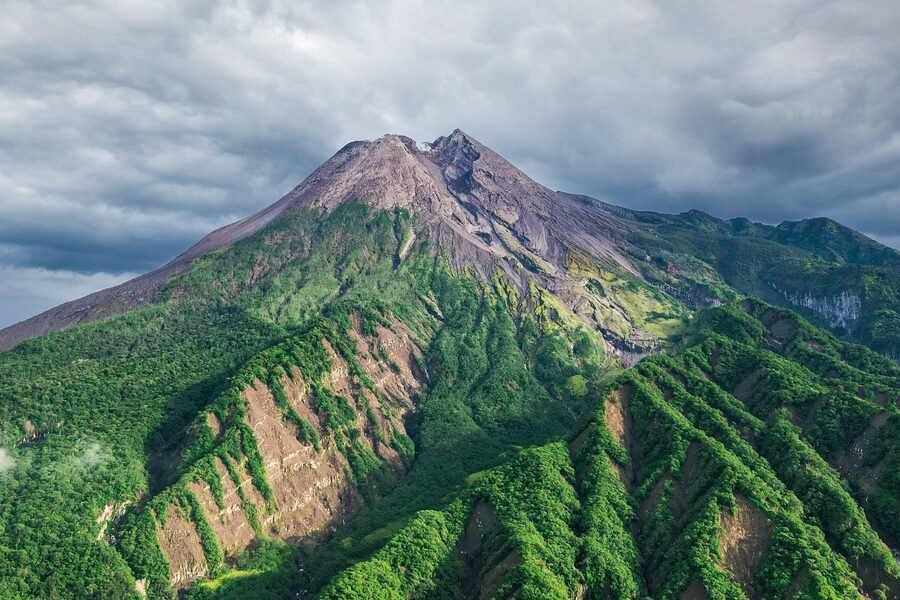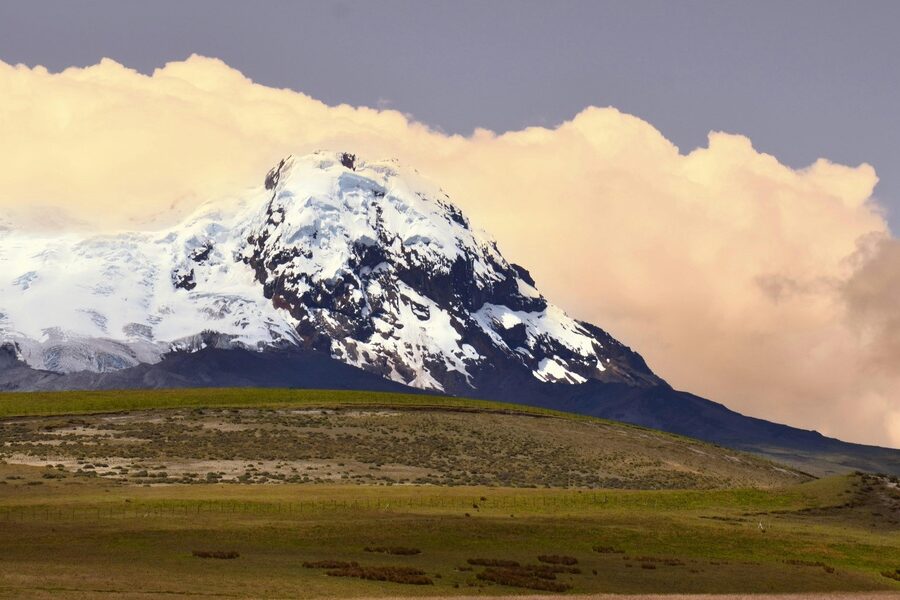Germany’s terrain hides a quieter side of volcanism: while most visitors picture alpine peaks, parts of western and central Germany sit above old volcanic systems that shaped valleys and mineral springs. These areas offer geological clues rather than frequent eruptions, and they attract researchers tracking subtle signals like gas emissions and ground movement.
There are 2 Active volcanoes in Germany, ranging from Eger Rift Volcanic Field to Eifel Volcanic Field. For each site, data are presented as Status,Last eruption (year),Location (region; coords lat,lon) to make comparisons easy, and you’ll find below.
How active are these volcanoes today?
Both fields are best described as dormant but not extinct: there are no well-documented, recent explosive eruptions in historical times, yet geological and geophysical signs (seismicity, gas release, uplift) keep them on monitoring maps. That means scientists watch for changes rather than expecting regular eruptions.
How is volcanic risk assessed for residents nearby?
Risk assessments combine monitoring (seismic networks, GPS, gas measurements), geological mapping, and hazard scenarios based on past eruptions; authorities use that information to issue alerts and guide land-use planning so communities can prepare proportionally to the actual threat.
Active Volcanoes in Germany
| Name | Status | Last eruption (year) | Location (region; coords lat,lon) |
|---|---|---|---|
| Eifel Volcanic Field | Potentially active; monitored for magmatic unrest. | prehistoric | Rhineland-Palatinate; 50.41,7.27 |
| Eger Rift Volcanic Field | Potentially active; evidenced by CO2 degassing and seismic swarms. | prehistoric | Bavaria/Saxony; 50.00,12.45 |
Images and Descriptions
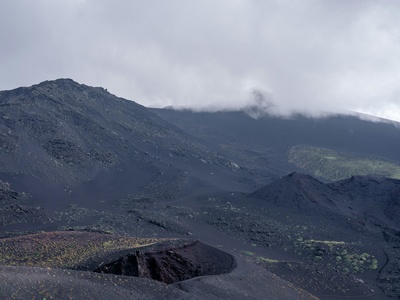
Eifel Volcanic Field
Germany’s youngest volcanic region, showing modern evidence of activity like ground uplift and deep earthquakes, suggesting magma is present. The last eruption formed the Ulmener Maar about 11,000 years ago. The area is a well-monitored geopark popular with tourists.
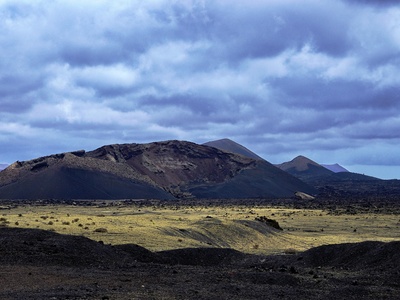
Eger Rift Volcanic Field
This cross-border system shows signs of a live magmatic system deep underground, primarily through intense carbon dioxide emissions (mofettes) and frequent earthquake swarms. Though its last eruption was prehistoric, the area is actively monitored. Visitors can see gas springs and health spas.

